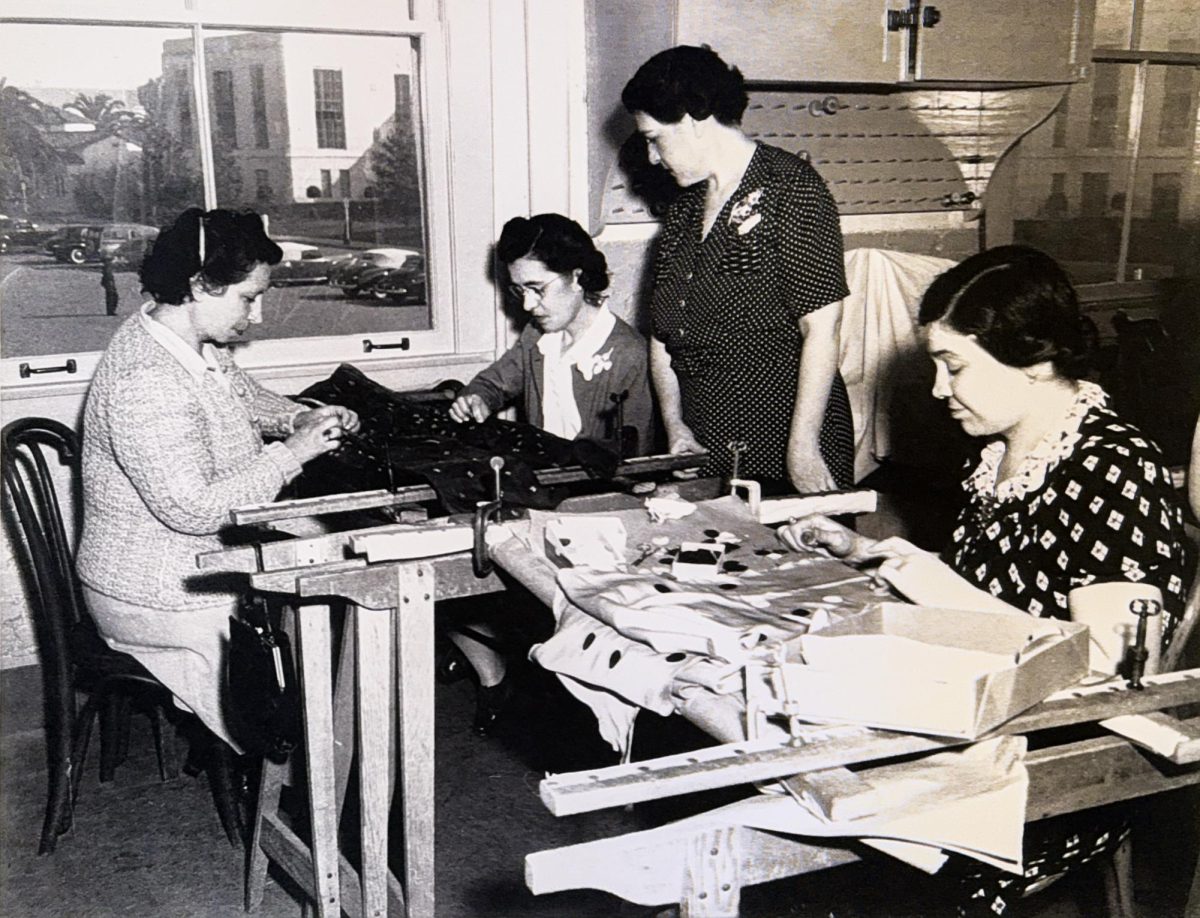Entertainment Weekly called them the “ultimate Hollywood symbol”. They were the centerpiece of a movie that catapulted the use of color in movies. With a musical retelling and a movie adaptation capturing the attention of new and old viewers alike, the Ruby Slippers in “The Wizard of Oz” is easily one of the most iconic pieces of Hollywood history.
Given their importance it’s natural to ask “Where did they come from?’ and “Who made them?”
Latinos and other immigrants created them with some of the most detailed costumes and gowns at Metro-Goldwyn-Mayer (MGM) and arguably the best in cinematic history.
My great-grandmother Sara Clewette, spearheaded the department for over 30 years.
Growing up I had the privilege and pride of knowing my family’s roots and how they’re intertwined with this history. After hearing about it time and time again I realized how relevant her story is.
My great-grandmother and her family came to the U.S. in 1910 when her father, Jose Losano, was appointed consul from Mexico to Los Angeles. They established themselves in Culver City where they stayed after being unable to return to Mexico after the Mexican Revolution.
With her degree in embroidery my great-grandmother got a job working at the Beamon and Handy Department store teaching young girls how to sew, knit and embroider clothing. After some time her work caught the attention of studio executives at MGM where she was then hired.
She originally started working with Cecil B. DeMille at MGM in 1926 and worked in the costume department from 1926 to 1951.
In 1928, Adrian Adolph Greenberg, or Adrian was hired by MGM as the art director of the costume department. Greenberg worked with my great-grandmother to create the costumes needed for the film “The Wizard of Oz”. She also worked on or oversaw the costume production of “Marie Antoinette” and “Mata Hari”.
About five pairs of shoes were made and the sequins had to be glued individually because the leather made it difficult to thread. At the time, the Ruby Slippers weren’t seen as an important subject, but as a small project among many other elaborate dresses and gowns.
While overseeing the department my great-grandmother made an active effort to hire immigrants. Specifically Mexican immigrants because she spoke Spanish and wanted a common language.
She did her best to provide the best conditions for employees. My grandmother recalls her mother staying late to prepare frames so they were ready for employees the next morning. Many of her employees had to commute from East Los Angeles frequently, so she arranged for a limousine to drop them off at home to ensure their safety.
She wasn’t allowed to keep anything she embroidered and after retiring she was allowed to keep one kitted huipil she made. To qualify for retirement she had to speak to executive Louis B. Mayer . She received $30 (around $370 today) which is one dollar for each year she worked there.
Whenever we’d talk about family history over dinner I’m reminded how her story is not new. She was a family-oriented single mom who worked to be a breadwinner and ensure her daughter, my grandmother, would succeed. She worked with underrepresented and unseen people while doing her best to uplift them. She fought for herself when women were meant to be seen and not heard.
You have a case of a woman from over a century ago coming to this country to make a living. Creating beautiful and impactful works of art for little to no credit, are things still happening to this day. The pattern of working and getting less than what was deserved is a pattern that’s too common, especially to immigrant communities.
At a time when xenophobia is prevalent we must continue to tell these stories. They’re a living testament to what immigrants bring to this nation and the truth of how they built our country. They have a place here. Always have and always will.









